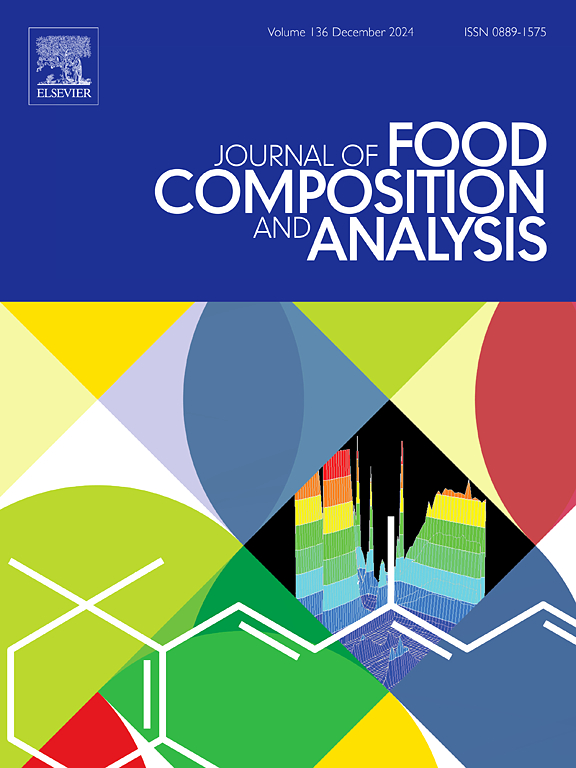A critical review on biogenic amines in dairy: Formation pathways, toxicity, and regulatory standards
IF 4
2区 农林科学
Q2 CHEMISTRY, APPLIED
引用次数: 0
Abstract
Biogenic amines (BAs) are nitrogenous chemicals often found in dairy products, formed primarily through the elimination of amino acid carboxyl groups by microbial enzymes. Their presence in dairy items such as cheese, yogurt, and milk can pose significant health risks, including food poisoning, migraines, and hypertensive crises. This review offers a comprehensive analysis of the sources and formation pathways of BAs in dairy products, highlighting the factors influencing their accumulation. Various methods for detecting and quantifying biogenic amines, including chromatographic and spectroscopic techniques, are discussed, along with their regulatory limits. Additionally, the health implications associated with the consumption of BAs and strategies to control their formation in dairy products are explored. Understanding the formation, detection, and impact of BAs is necessary for maintaining the safety and quality of milk and milk-based products. Research and quality control necessitate precise identification techniques for tracking even the smallest changes in the BA's profile. Further work is needed to reduce the assay and make it compatible with low-cost materials like nitrocellulose membranes for paper-predicated lateral flow detection of BAs in complex matrices, such as saliva, blood, and other biological fluids, as well as in victuals extract.
求助全文
约1分钟内获得全文
求助全文
来源期刊

Journal of Food Composition and Analysis
工程技术-食品科技
CiteScore
6.20
自引率
11.60%
发文量
601
审稿时长
53 days
期刊介绍:
The Journal of Food Composition and Analysis publishes manuscripts on scientific aspects of data on the chemical composition of human foods, with particular emphasis on actual data on composition of foods; analytical methods; studies on the manipulation, storage, distribution and use of food composition data; and studies on the statistics, use and distribution of such data and data systems. The Journal''s basis is nutrient composition, with increasing emphasis on bioactive non-nutrient and anti-nutrient components. Papers must provide sufficient description of the food samples, analytical methods, quality control procedures and statistical treatments of the data to permit the end users of the food composition data to evaluate the appropriateness of such data in their projects.
The Journal does not publish papers on: microbiological compounds; sensory quality; aromatics/volatiles in food and wine; essential oils; organoleptic characteristics of food; physical properties; or clinical papers and pharmacology-related papers.
 求助内容:
求助内容: 应助结果提醒方式:
应助结果提醒方式:


